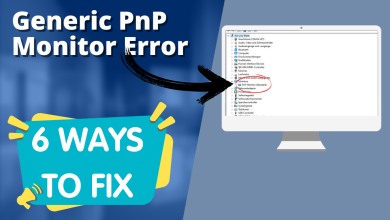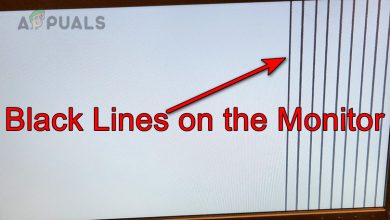What is Microsoft Basic Display Adapter and How to Update it?
The Microsoft Basic Display Adapter is a built-in graphics driver that provides display functionality when the hardware manufacturer’s driver is not installed.
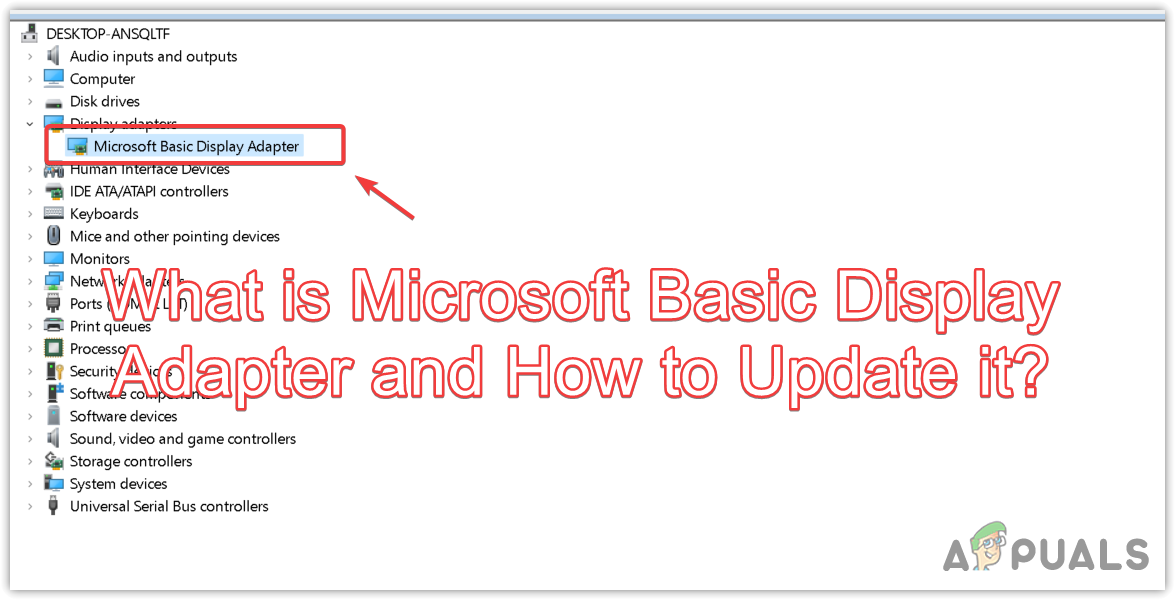
Graphics cards require drivers to communicate with Windows. Usually, Windows installs the appropriate drivers either through Windows Update or during the operating system setup. However, sometimes drivers may not be automatically installed right away. In such instances, you will need to manually install the driver via Windows Update.
In the absence of the proper drivers, Windows defaults to using the Microsoft Basic Display Adapter. While this allows basic display functionality, it is always recommended to install the specific drivers provided by the manufacturer. If you find that the Microsoft Basic Display Adapter is currently installed, you should download and install the correct driver from the hardware manufacturer’s website. This article will guide you through the process of installing your graphics card driver, even if you are not sure which one is installed in your system.
1. How to Update Microsoft Basic Display Adapter
Before installing the graphics driver, you should identify the name of the graphics card installed in your PC. If you are already aware of the graphics card model, you can proceed to the driver installation. If not, follow the steps below to determine which graphics card is in your PC.
1.1 Identify the Graphics Card
- Right-click the Start Menu and select Device Manager.
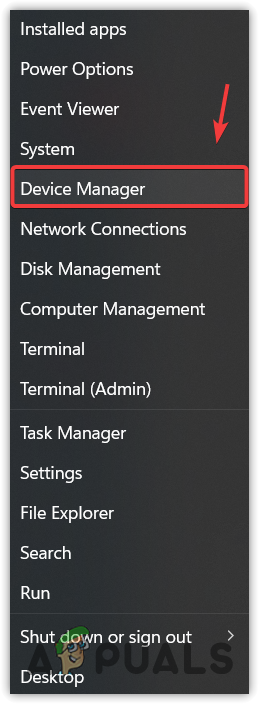
- Expand the Display Adapters section and right-click the Microsoft Basic Display Adapter.
- Select Properties, then navigate to the Details tab.

- Choose Hardware IDs from the drop-down menu under Property.
- Right-click the first Hardware ID in the list and click Copy.
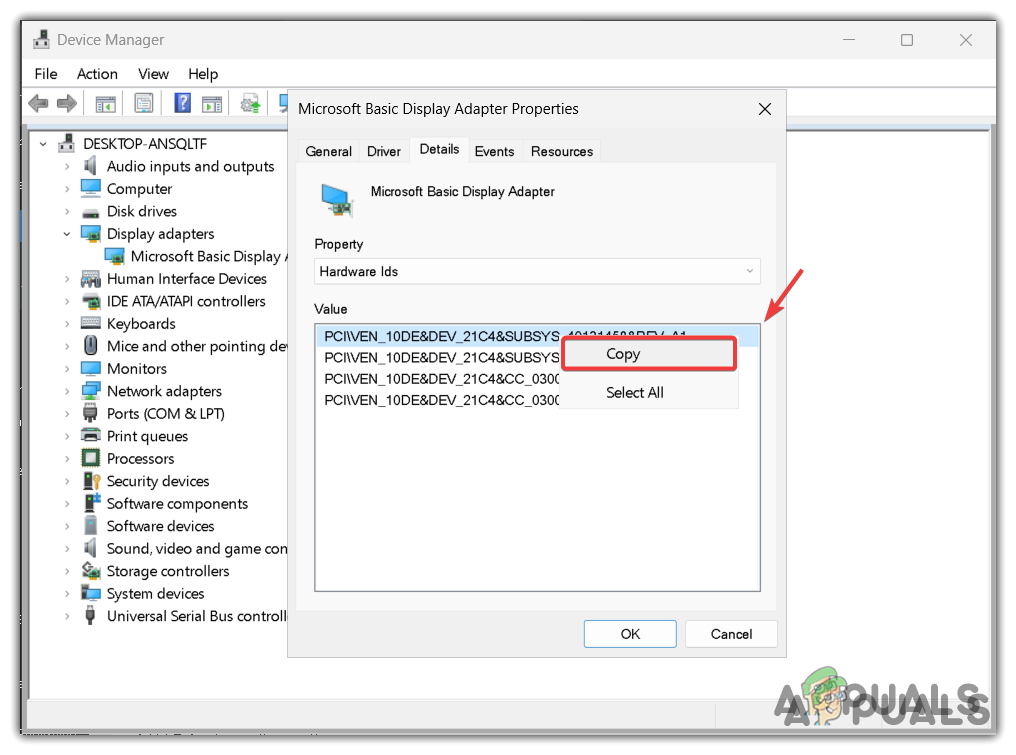
- Open your preferred web browser and paste the copied Hardware ID into the search bar.
- Press Enter to search and view the results.
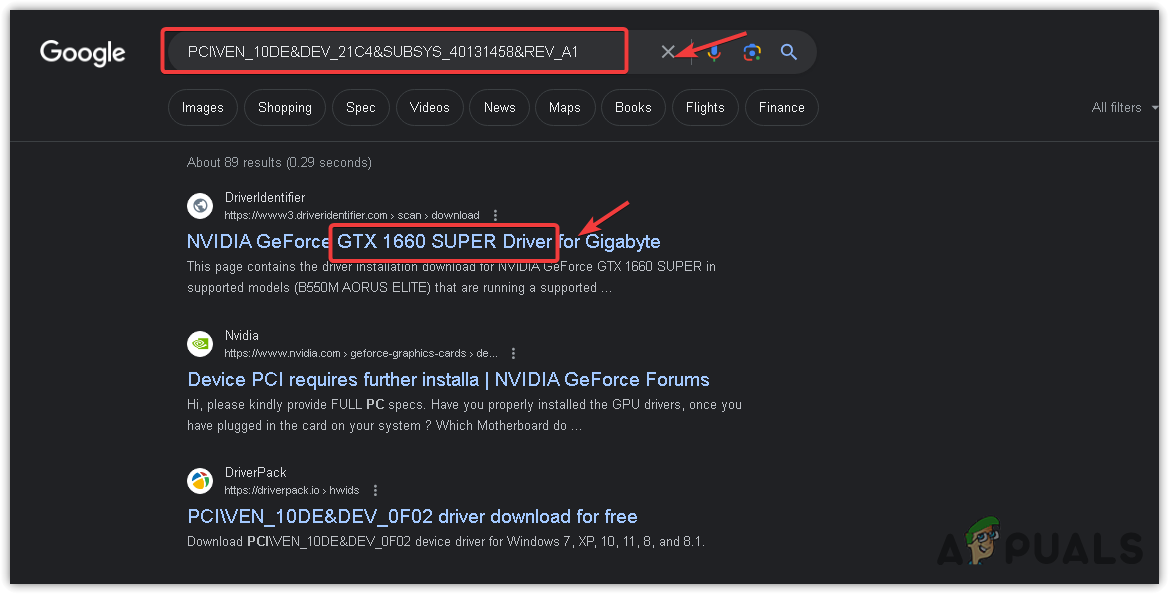
- The search results will display information related to your GPU model.
- Select the correct GPU name from these results.
1.2 Update the Microsoft Basic Display Adapter
Now that you have identified the name of your graphics card, let’s update the Microsoft Basic Display Adapter by following these steps:
- Go to the website of your GPU manufacturer (e.g., AMD, Intel, Nvidia).
- Locate the Drivers section and search for the most recent driver compatible with your GPU.
- Download the Driver.

- Once downloaded, double-click the installer file and follow the on-screen instructions to complete the installation.
2. How to Use the Microsoft Basic Display Adapter
Although using the Microsoft Basic Display Adapter is not recommended if you have an integrated or dedicated GPU, there might be situations where you need to use it. To use the Microsoft Basic Display Adapter, follow these steps:
- Click the Start Menu and type Device Manager.
- Press Enter to open the Device Manager.
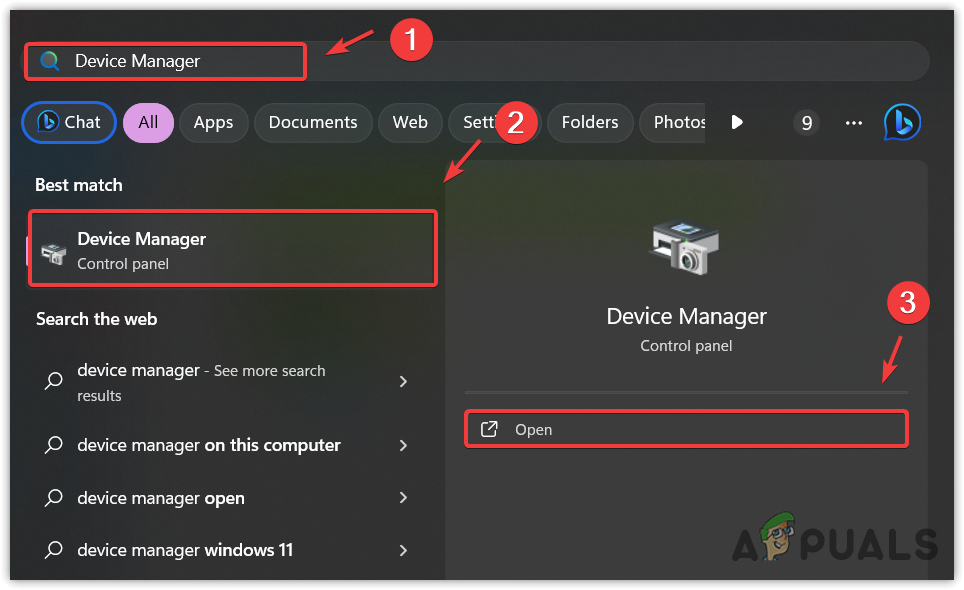
- In the Device Manager, expand the Display Adapters section, right-click your GPU, and choose Update driver.
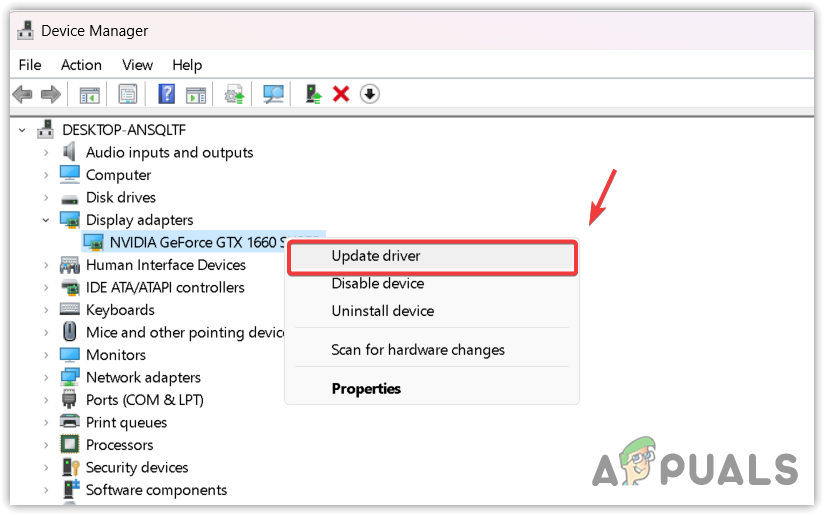
- Select Browse my computer for drivers.
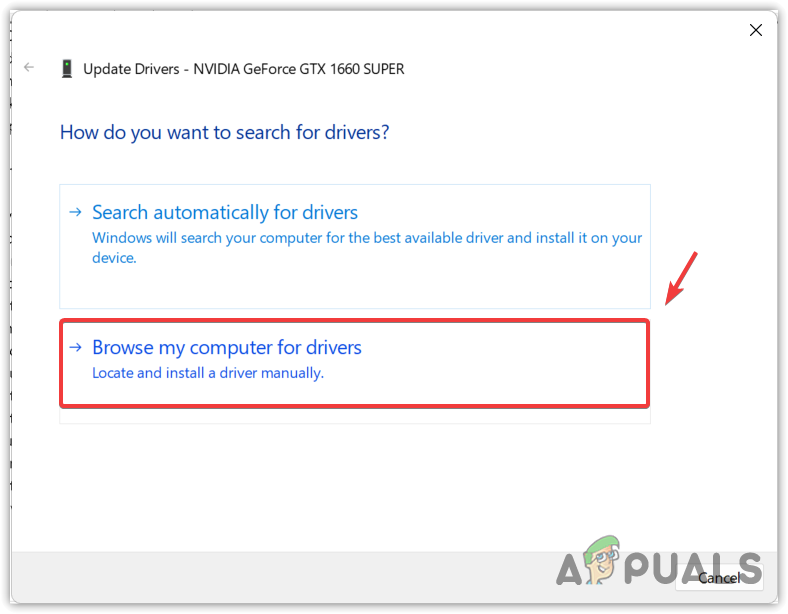
- Click on Let me pick from a list of available drivers on my computer.
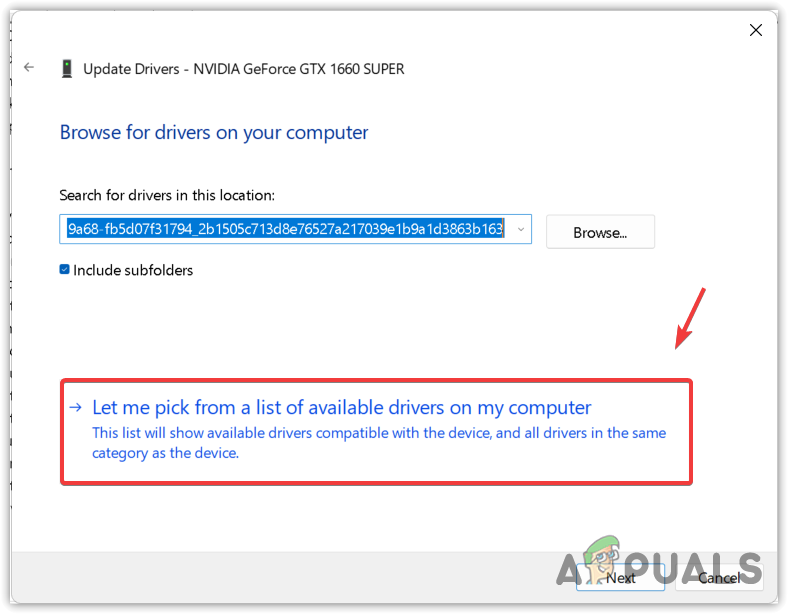
- Select Microsoft Basic Display Adapter from the list and click Next to proceed with the installation.
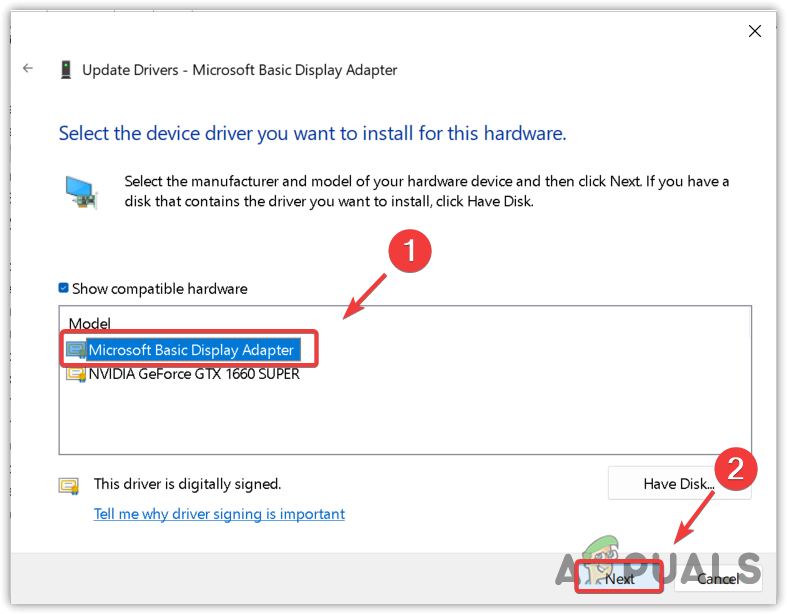
- After installation, the Microsoft Basic Display Adapter will be set up and ready to use.
In conclusion, for optimal performance, it is highly recommended to always use the latest drivers provided by your GPU manufacturer. Although Windows typically installs necessary drivers, there are times when you may need to manually install them. Use this guide to ensure that your graphics hardware is running with the correct and up-to-date drivers.


